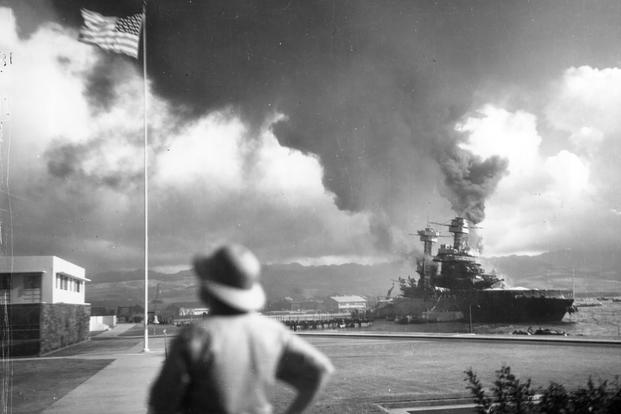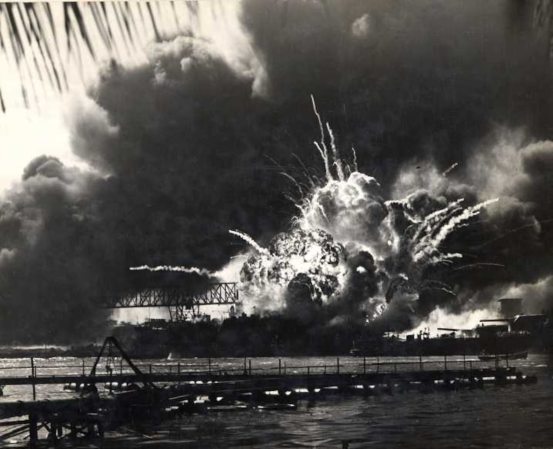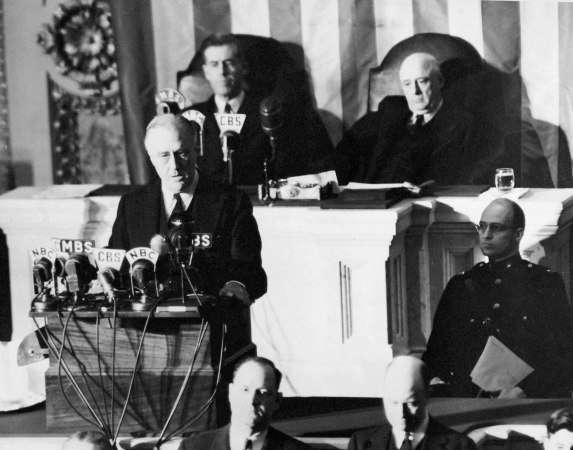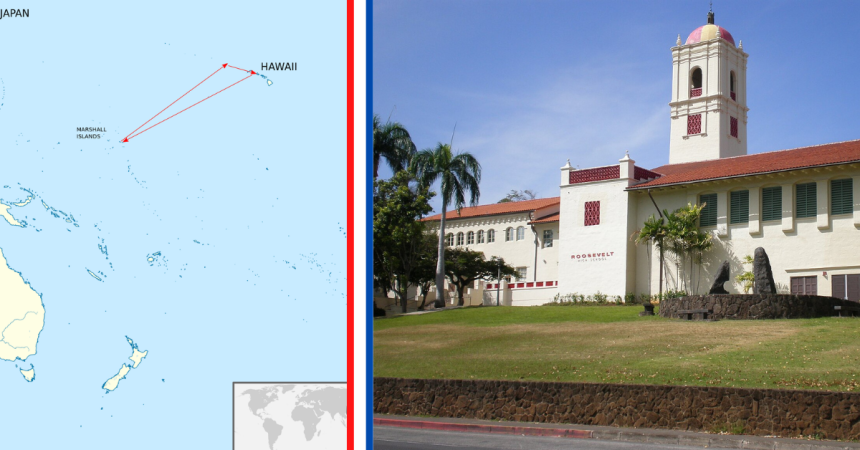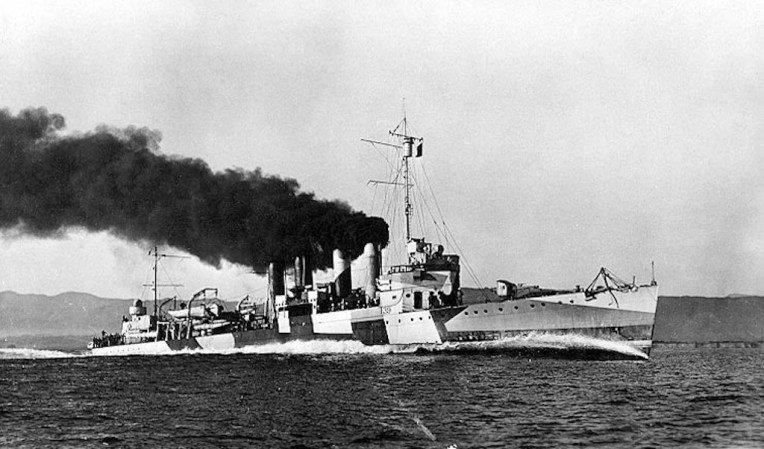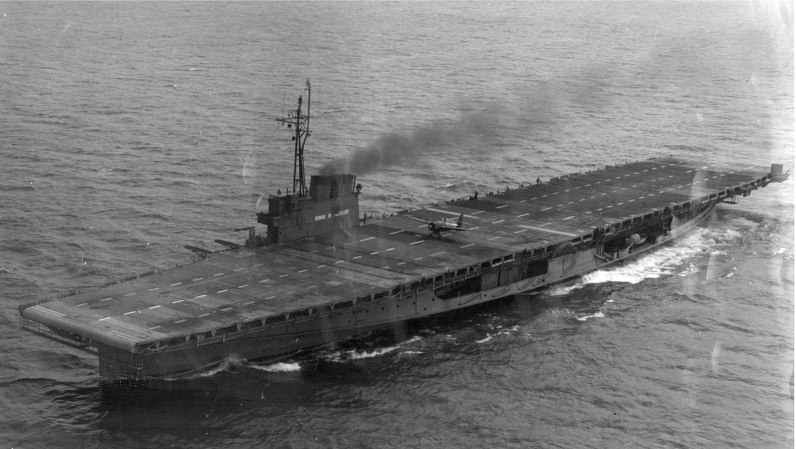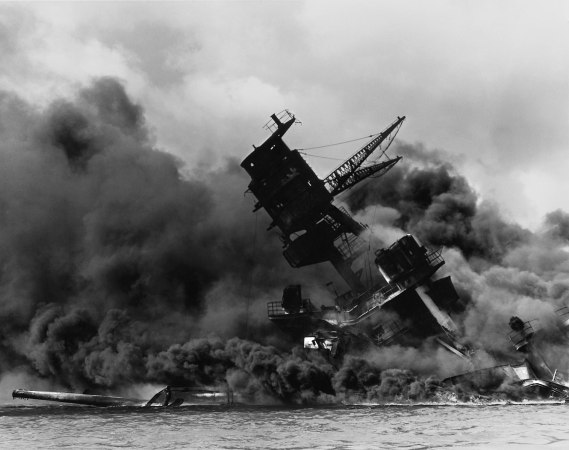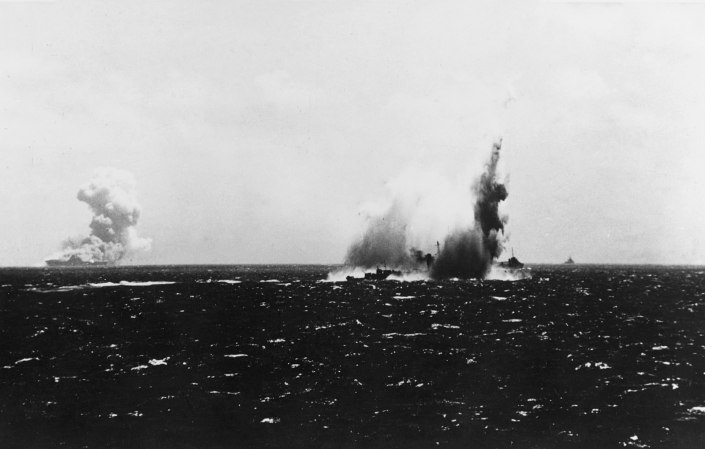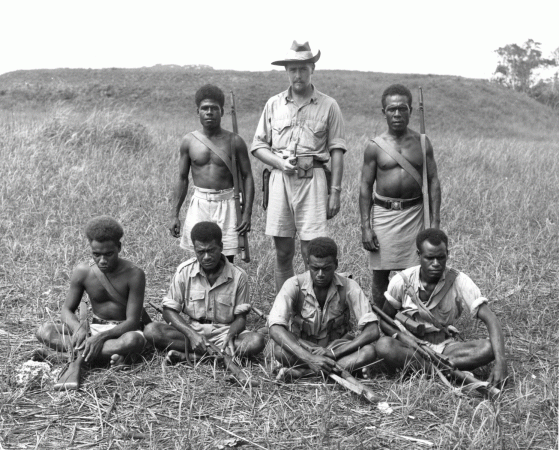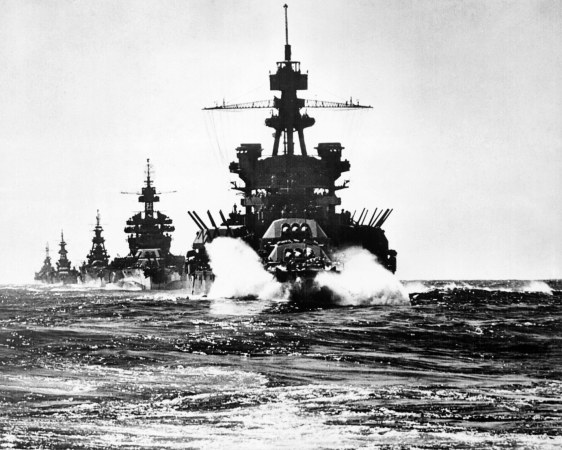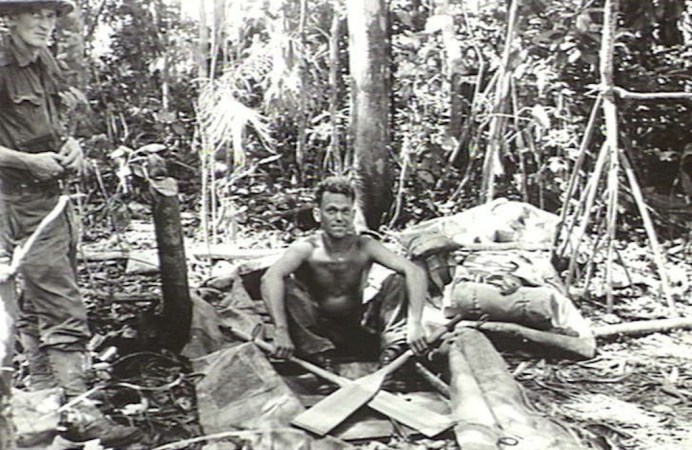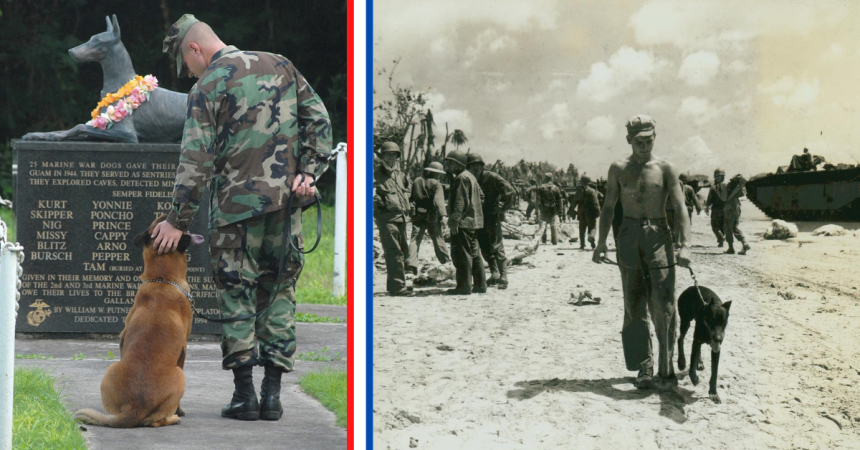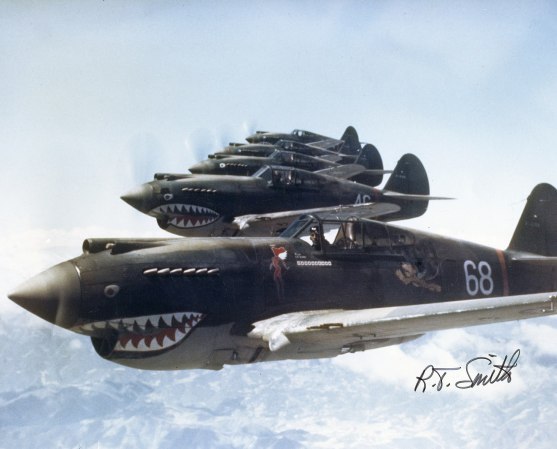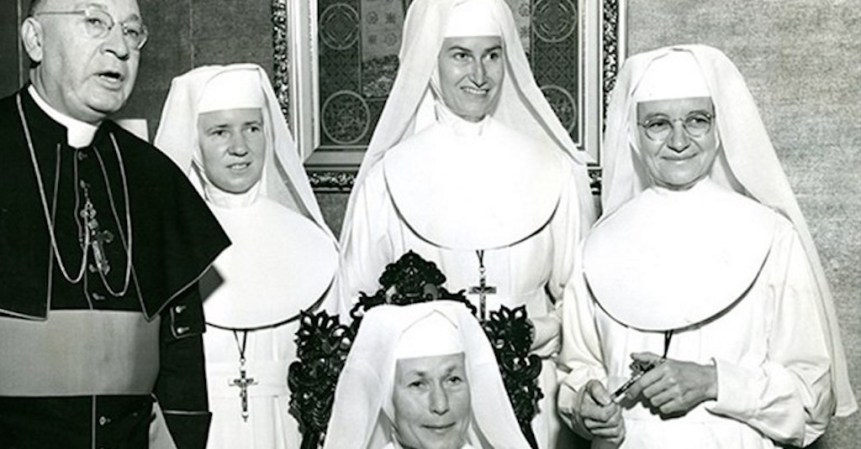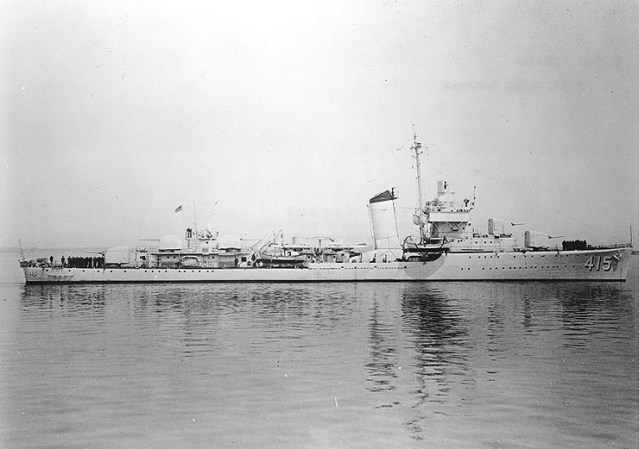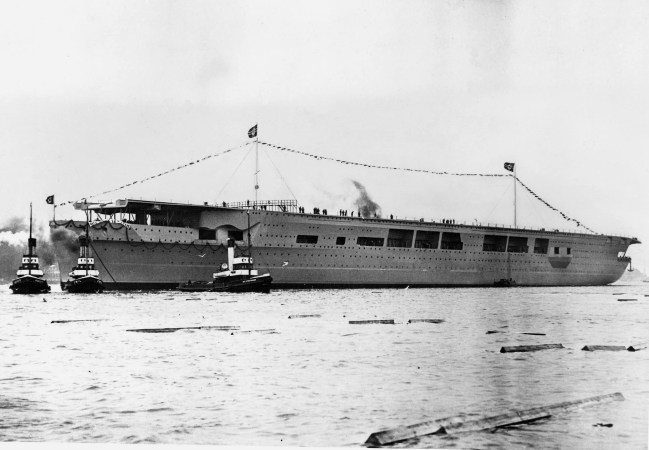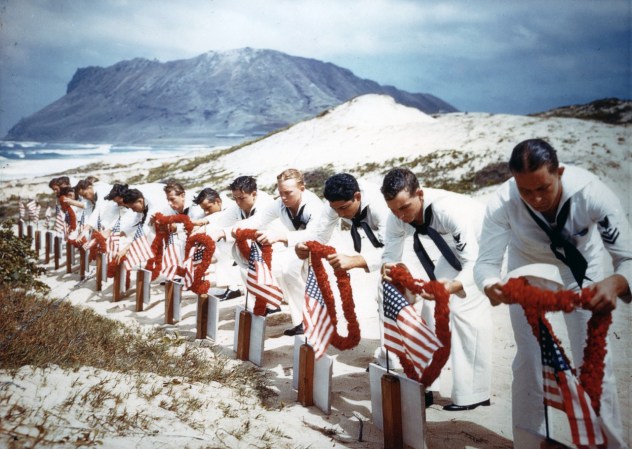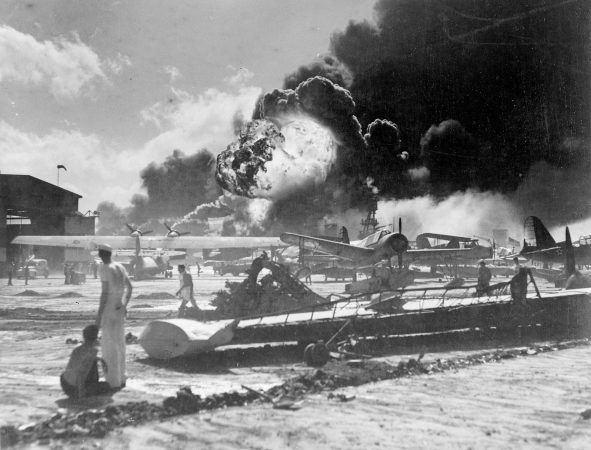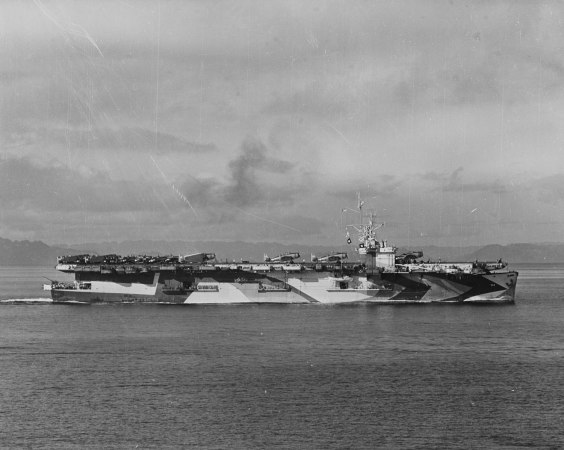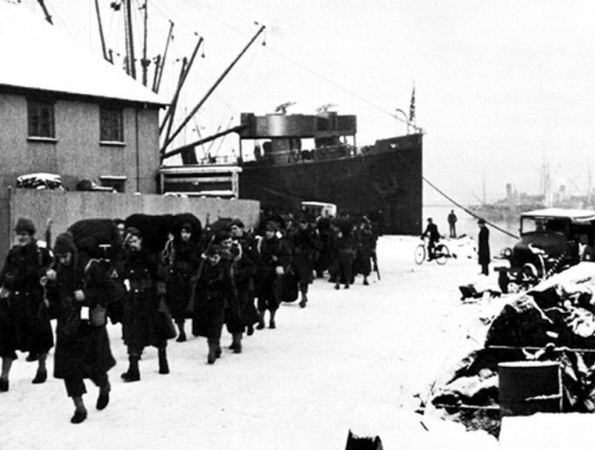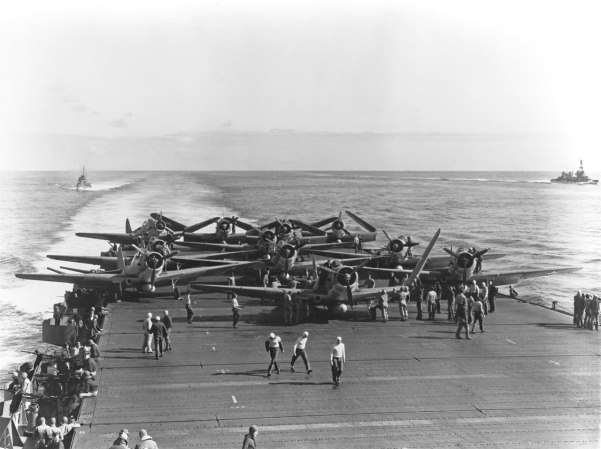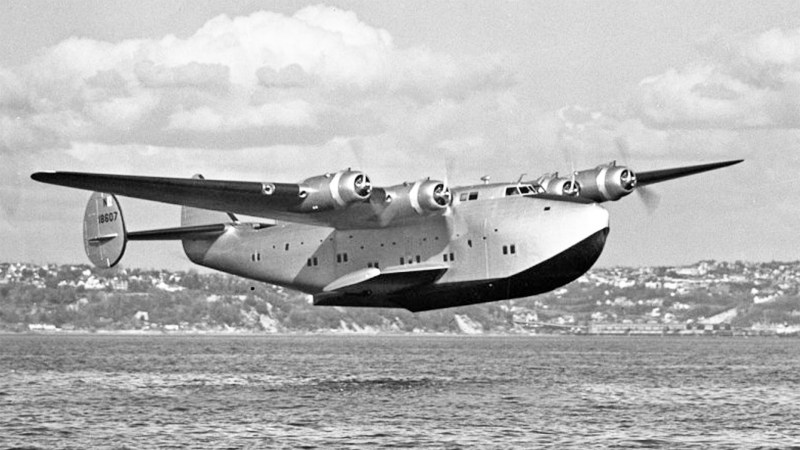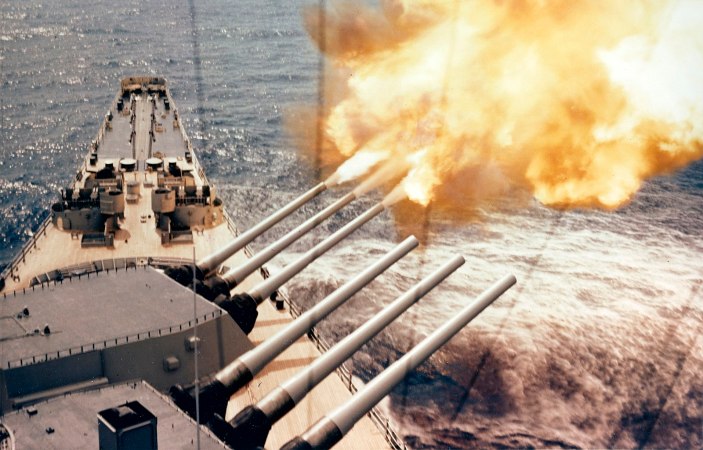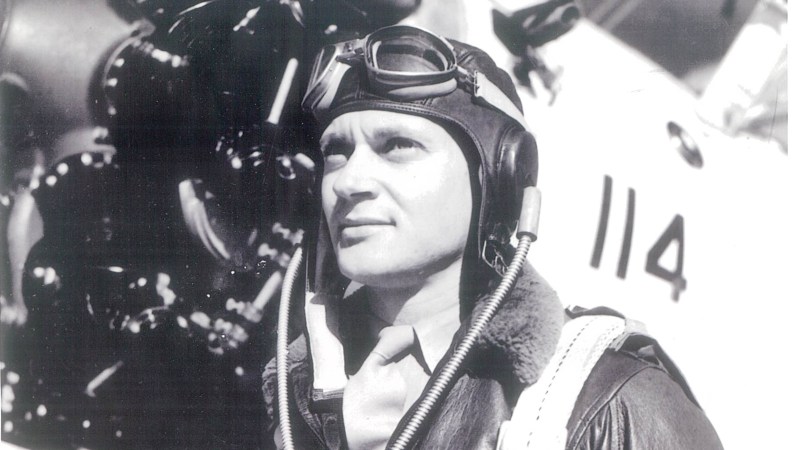It was another crystal blue December morning on the Hawaiian Island of Oahu.
Along Opana Point at the island’s northern edge, two enlisted men were on duty at the Army mobile radar station. At 0701 hours, while monitoring the oscilloscope for activity, they noticed what appeared to be a large flight of aircraft approaching from the north at a distance of approximately 132 miles.
Following standard operating procedure, the pair contacted Fort Shafter to notify the Army’s Aircraft Warning Center of the “unusually large response” observed on their warning device.
Assuming that Opana Station was tracking the flight of B-17s inbound from California, the officer on duty dismissed their concerns.
“Well, don’t worry about it,” the Army lieutenant advised.
Five thousand, twenty-seven miles away, Nathan and Sophia Samuels enjoyed a cup of tea in the parlor of their home in Revere, Massachusetts. Over the intermittent clang of the warming radiator, the older couple listened to the Philco radio tuned to WBZ while browsing through the Boston Sunday Globe. Both Nathan and Sophia were first-generation Ukrainian immigrants and, like many newcomers to the United States, had anglicized their surname, electing to go by Samuels instead of Samolivitch.
If they had been so inclined, the couple could have taken in a matinee at the nearby Revere and Broadway Theatre.
Content in their weekend ritual, however, they would eschew catching Humphrey Bogart in The Maltese Falcon in favor of preparing for the arrival of their entire family that afternoon. Every Sunday, they would welcome their seven children, spouses and grandchildren for dinner. In a few hours, the modest two-story dwelling on Sumner Street would be filled with all the warmth, laughter and love that “Bubbe” and “Zayde,” as they were called, could handle.
The vanguard of the Japanese airborne strike force used the radio signal from a commercial Honolulu station playing Hawaiian music to confirm the flight pattern coordinates for the 183 carrier-based aircraft launched minutes earlier.
Emerging from the clouds, the Japanese airmen were pleased to discover uncontested skies and a choice of unobstructed targets across the sprawling military complex.
Fearing sabotage from the majority Japanese-Hawaiian population, American military commanders had abandoned many long-established defensive protocols. Rather than secure aircraft in base hangars, U.S. Army Air Corps positioned most planes wingtip to wingtip on unguarded runways while many of the U.S. Navy vessels were docked in such proximity that sailors could play catch from adjacent ships.
As the U.S. sailors, Marines, soldiers and airman prepared for Sunday services, the Aichi 3A2, Val Type 99 single-engine dive-bombers descended on air installations located at Kaneohe, Ford Island, Hickam, Bellows, Wheeler and Ewa.
Simultaneously, the Nakajima B5N2 Kate Type 97 torpedo bombers began attack runs on tightly grouped U.S. Navy battleships and destroyers.
The aviators of the Imperial Japanese Navy had achieved complete tactical surprise.
A short time later, Commander Logan Ramsey of the Ford Island Command Center instructed all radiomen on duty to send out the following message:
“AIR RAID PEARL HARBOR. THIS IS NO DRILL.”
By 1000 hours, even the ocean was burning as the second wave of the Japanese strike force planes departed, leaving a conflagration in their wake.
In approximately two hours, the Japanese raiders had exceeded even Tokyo’s most optimistic projections. Though unclear at the time, the attack would claim the lives of 2,335 American servicemen and 68 civilians. One thousand one hundred thirty-nine servicemembers were wounded, 188 airplanes destroyed, 159 damaged, 21 ships sunk or damaged — including eight battleships.
The Japanese lost 29 planes and 55 airmen.
Isoroku Yamamoto, Commander in Chief of the Japanese Fleet and architect of the attack, regretted only that three U.S. aircraft carriers – the Enterprise, Yorktown and Saratoga – had been at sea during the operation.
Five thousand, twenty-seven miles away, the Samuels family were enjoying one another’s company as much as the delicious meal. A radio news report drew the attention of the adults, interrupting the familial bonhomie.
WE INTERRUPT THIS BROADCAST to bring you this important bulletin from the United Press … FLASH … Washington … The White House announces Japanese attack on Pearl Harbor …. Stay tuned for further developments, which will be broadcast immediately as received.”
At 1422 hours (EST), Presidential Press Secretary Stephen Early issued the first White House report with the White House Press corps. He read a brief statement, “The Japanese have attacked Pearl Harbor and all military activities on Oahu Island.”
This announcement triggered a frenzy of news activity.
The Lowell Sun, based north of Boston, quickly printed a 16-page Second Sunday Extra with the bold headline:
“US-JAP WAR ON, BOMB PEARL HARBOR, MANILA! HEAVY LOSS OF LIFE AS BOMBERS RAID PH AND MANILA… PRESIDENT CALLS CABINET FOR 8:30 SESSION TONIGHT.”

That evening in Washington D.C, crowds gathered to sing “God Bless America” in front of the White House.
On the morning of December 8, military recruiting offices opened to long lines of eager applicants imbued with patriotism and red with rage.
Newspapers also reflected the feeling of national determination.
The New York Times headline read:
“JAPAN WARS On US and BRITAIN”
The Boston Globe announced:
“JAPAN STRIKES ALL OVER THE PACIFIC”
During his national address later that day, President Franklin D. Roosevelt referred to December 7, 1941, as “A Day That Would Live in Infamy.”
Immediately afterward, Congress declared war and the United States officially entered World War II on December 8, 1941.

Samuel and Charles Samuels learned of the Pearl Harbor attack while listening to the radio news bulletins in their parents’ parlor.
Despite being in their thirties, both brothers felt duty-bound to fight for the country that had provided freedom and opportunity to the Samolivitch-turned-Samuels family.
Like so many American males who answered a call to serve, December 8, 1941, was the day of decision.

Both would eventually see combat as U.S. Naval officers in the Pacific Theatre.
Charlie Samuels would serve as a Chief Pharmacists Mate on the USS Salamaua (CVE-96), a Casablanca-class escort carrier. The USS Salamaua was part of a task force providing air cover for convoys during the Invasion of Lingayen Gulf in the Philippines Islands. At approximately 0900 on January 13, 1945, a Japanese Kamikaze carrying two 250 kg bombs dived onto the ship. Sailors had been cleaning up after breakfast when the first bomb punctured the carrier’s flight deck and through the hangar deck before detonating below mess decks.
A second bomb landed on the starboard side, damaging the ship’s propulsion system while flooding the engine compartment. Belowdecks, enlisted sailors struggled to survive while topside gunners sprayed rounds from Oerlikon 20 mm cannons at diving Zeroes.
Damage control repair parties managed to get the flames under control and isolate the rapidly flooding lower decks. Many sailors suffered horrific burns and a search amid the wreckage belowdecks yielded 15 bodies. Charlie treated many of the victims and helped recover the bodies, but never spoke of the experiences of that day, according to his son, Wayne Samuels.
Sam served aboard the USS Niobrara (AO-72), a T3 Kennebec-class oiler. These fueling vessels were lightly defended and were a particularly vulnerable target for Japanese submarines and aircraft.
The Niobrara fueled transports bound for the invasion of the Marianas Islands in June 1944 and then served as a station tanker at Eniwetok, enabling carrier task forces to operate in the Western Pacific and Philippines Sea without interruption. As part of Task Force 38 in January 1945, the Niobrara supported operations in the South China Sea. She continued to support ships patrolling off Okinawa and carrier-striking forces until the end of the war.
The Samuels’ selfless decision to enlist embodied a spirit of unprecedented national unity that reached every corner of the United States in December 1941.
During World War II, deployments often spanned years, not months. It would be years before the Samuels would meet again but when the brothers did reunite, they did so in the most dramatic fashion and on the world stage.

On September 2, 1945, Charlie and Sam embraced on the deck of the USS Salamaua in Tokyo Bay across from the USS Missouri where the Japanese delegation signed the formal terms of surrender ending World War II.


